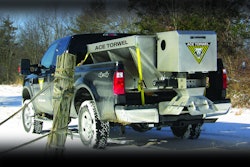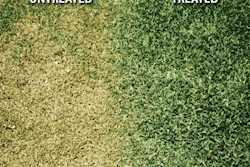 Photo: Business Insider
Photo: Business InsiderThe tawny crazy ant has been a pest all over the nation, especially in the South.
Creating colonies of tens of thousands of workers and multiple queens, the tawny crazy ant can cause a great deal of damage.
Although the ant doesn’t bite or sting, the species can cause an estimated $146.5 million in residential and commercial damage annually, according to a study from Texas A&M University.
One company, Terminix, has reported increases in the species near the Gulf Coast states including Florida, Mississippi, Louisiana and Texas.
The ants survive in moist, wooded areas such as within landscape mulch, litter, loose barks on trees or in piles of lumber.
The tawny crazy ant or its close relative, the Caribbean crazy ant, was first seen in North America in south Florida in the mid-1990s. This ant species is primarily spread through shipments of landscape plants, shipping containers and similar goods.
Because they do not feed much on traditional ant baits, the key to control is to find the colonies and subcolonies and treat them directly.
Regular inspections and service are necessary to find and treat new tawny crazy ant colonies as they move from neighboring properties.
Terminix offers the following tips for limiting tawny crazy ant infestations:
- Eliminate piles of lumber, bricks or other debris that could serve as a nesting site.
- Keep landscape mulch less than 2 inches thick and at least 12 inches away from foundations.
- Ensure the sprinkler system does not spray directly onto the foundation.
- Seal as many cracks in the home’s exterior as possible.
- Keep the tree and shrub branches trimmed to prevent touching the home.
- Consider re-landscaping to avoid using plants that are prone to aphids and similar insects. At the very least, treat such plants for aphids regularly.










